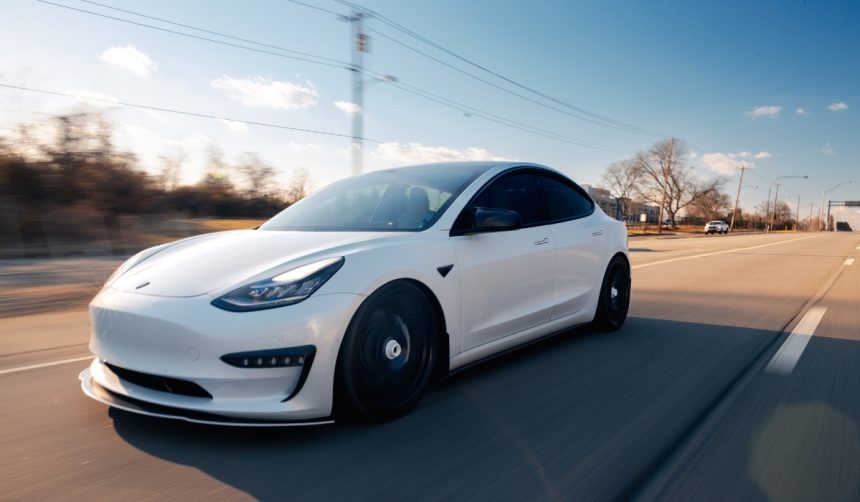After several months marked by declining sales, Tesla China reported a modest gain in wholesale deliveries for June 2025. The company sold 71,599 vehicles, a figure that slightly surpassed its results from a year earlier and represented a notable rebound compared to May. This development has drawn attention within the automotive industry, with analysts watching how Tesla navigates the complex, rapidly evolving Chinese electric vehicle market. Although the June increase is small, the context—a fiercely competitive landscape and previous monthly declines—makes the result significant for Tesla’s strategic prospects in China.
When examining earlier reports from 2024, Tesla China had experienced persistent declines as it adapted its product lineup and managed supply challenges caused by updates to its Model Y. In previous periods, market watchers questioned Tesla’s ability to recover market share amid aggressive competition from domestic brands. The most recent figures display a slight year-over-year recovery in June but are contrasted by a still-substantial decrease in overall first-half sales compared to the previous year. Notably, other automakers like Xiaomi have kept up momentum with new releases and competitive pricing, further contributing to the dynamic environment Tesla faces in China.
June Marks an Upturn for Tesla China
Tesla China’s wholesale volume in June reversed eight months of year-over-year decreases, showing a 0.83% rise over the same period last year. Compared to May’s total, June sales were up by over 16%, as the company recovered from earlier disruptions linked to a changeover in the Model Y production at the Shanghai Gigafactory. The facility continues to serve as Tesla’s largest export hub and supplies both Model 3 and Model Y vehicles. Despite this single-month improvement, Tesla’s wholesale sales for the first half of 2025 reached only 364,474 units, which is 14.6% fewer than the first half of 2024.
How is Competition Shaping Tesla’s Outlook?
Competitive activity in China’s battery electric vehicle (BEV) market remains intense. Xiaomi, for example, has leveraged its YU7 electric SUV to pull ahead in certain segments; the YU7 registered 200,000 orders within three minutes of launch and surpassed 240,000 orders in less than a day. Xiaomi’s SU7, a sedan aimed directly at the Tesla Model 3, maintained monthly deliveries above 25,000 units for nine months straight. These strong showings highlight how domestic brands are gaining traction not just with pricing, but through rapid customer engagement and product localization.
What Lies Ahead for Tesla’s Sales in China?
Tesla is in the process of accelerating output and deliveries for its new Model Y to maintain competitiveness. The company’s position is challenged by the fast pace of local innovation and the responsiveness of manufacturers like Xiaomi. For the remainder of 2025, market observers will scrutinize Tesla’s performance as local players present strong alternatives and customer preferences evolve. Addressing local expectations and continuing to upgrade its offerings will be pivotal for Tesla to preserve visibility and market share.
“Tesla China delivered 71,599 vehicles in June,” reported one industry commentator, reflecting a cautious optimism about the company’s near-term trajectory in a market famous for its volatility and formidable competitors.
Tesla remains an influential player in China’s electric vehicle sector, but its position is increasingly tested by local brands like Xiaomi that offer larger, more cost-effective alternatives such as the YU7 and SU7. While the recent uptick in June sales hints at operational recovery and stronger export capability, broader trends indicate that Tesla must continue to innovate and adapt. The significance of local consumer preferences, the impact of frequent model upgrades, and a growing appetite for value-oriented yet feature-rich electric vehicles are expected to shape Tesla’s approach. For consumers and industry followers, tracking monthly sales will provide insights not only about Tesla’s performance but also about broader trends in one of the world’s most competitive EV markets.
- Tesla China ended its eight-month decline with a sales increase in June 2025.
- Competition from brands like Xiaomi remains strong in the local EV sector.
- Full-year performance will depend on Tesla’s ongoing product and market strategies.










